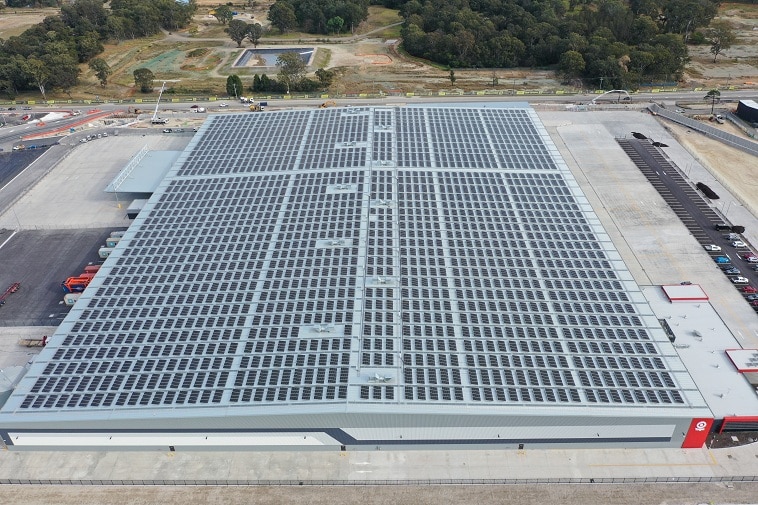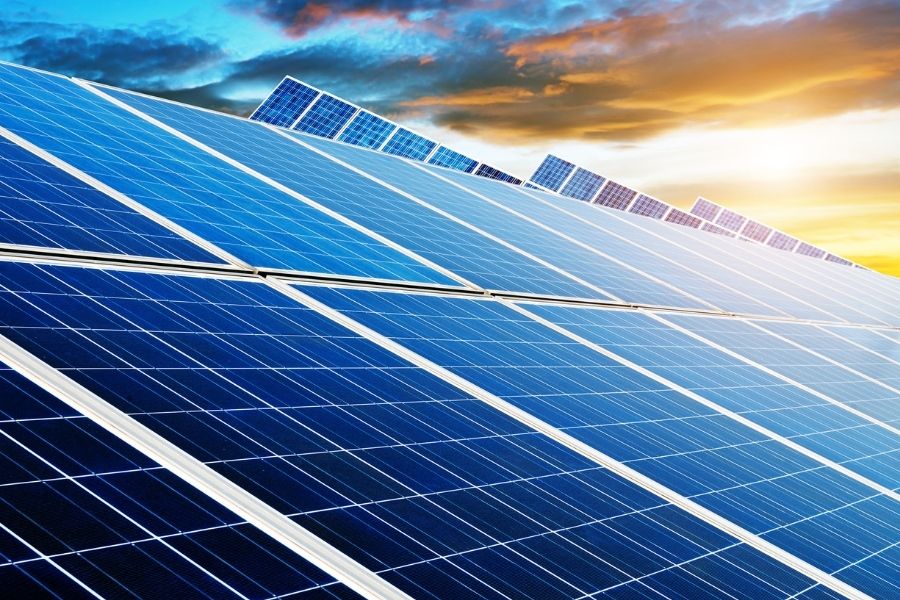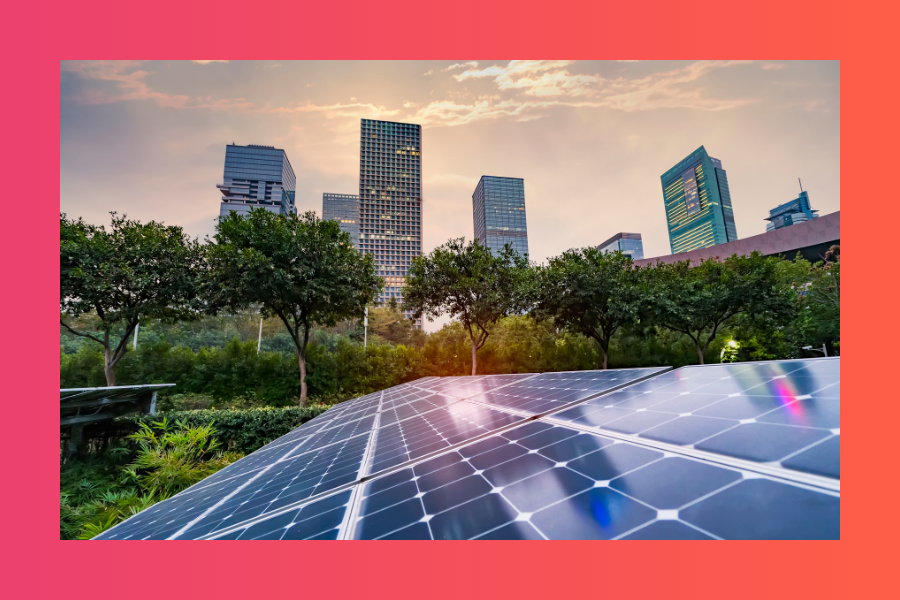This Week in Solar: Australia sues Neoen for lack of power, The world is hungry for solar panels
1. A Waste of Energy: Waiting on Breakthroughs in Solar Battery Tech Before Installing Solar Right now Australia’s seeing an installation boom in...
2 min read
![]() Solar Trust Centre Team
:
Sep 1, 2019 5:00:06 PM
Solar Trust Centre Team
:
Sep 1, 2019 5:00:06 PM

SYDNEY, 26 August 2019 – LG Solar™ today announced the completion of one of the largest installations of roof-mounted solar panels in the Southern Hemisphere, at the Moorebank Logistics Park in Sydney.
More than 7,500 LG NeON® 2 panels have been installed by Modcol, a leading Australian electrical company that services large-scale development and construction projects.
The 3MW installation is expected to deliver approximately 4800MWh of energy per year, the equivalent of powering more than 7,300 homes.
The project is among the largest roof-mounted solar arrays in the world1 and is one of the biggest in the Southern Hemisphere.
Gus Paviani, Corporate Business Development Manager –Solar & Energy at LG Electronics Australia said: “Alongside our partner Modcol, LG is helping to power one of the most important freight hubs in Australia. LG NeON® 2 solar panels have technically advanced and reliable cell technology that deliver an impressive amount of power per panel during the 25-year product warranty. LG panels allow customers like Qube to design a solar system that meets their unique requirements such as available space, power output, and savings over the life of the system.”
Luke Nichols, Project Manager, Modcol said “We pride ourselves on providing designs and solutions that not only produce cost efficiencies during construction, but also maintain savings in the long term. LG NeON® 2 provides an excellent platform for large scale projects that are expected to deliver energy for decades to come. The efficiency and productive size of this panel meant fewer panels were required than comparative competitive products and with virtually no concern for shading on the photovoltaic system.”
The Moorebank Logistics Park project, operated by Qube, is Australia’s largest intermodal logistics precinct. When activated, the photovoltaic system will feed into a high-voltage embedded power network, meaning power can be consumed from nearby warehousing facilities or distributed to other parts of the precinct.
Infrastructure and transport are some of the biggest contributors to Australian carbon emissions. According to data from the Australian Federal Department of the Environment and Energy2, transport emissions are projected to be 111 Mt CO2-e in 2030, 6% above 2020 levels. The biggest contributor to emissions is road transport, however overall emissions are projected to decline in the coming decade as more large-scale renewable capacity is added in the late 2020s.
The 400W LG NeON® 2 solar panel is designed for commercial systems seeking an efficient use of space and a high performing solar panel with great output efficiency. The LG NeON® 2 400W panel is a similar physical size to many conventional 360W 72 cell panels. This means the LG NeON® 2 400W used by Modcol in the Moorebank project will produce 11% more electricity per square metre than a 360W panel.
LG NeON® 2 solar panels are an exceptionally durable solution built for long-lasting performance. Initial degradation for the panels was improved from -3% to -2%, in the first year and the annual rate of degradation has fallen from -0.7%/year to -0.33%/year thereafter. This brings an exceptional 90.08% warranted output after 25 years, compared to 80.2% for many competing panels.
Markus Lambert, General Manager, Solar & Energy at LG Electronics Australia noted the combination of long-lasting performance and high energy density technologies delivers an improved economic and environmental benefit for customers: “During the next 25 years the Moorebank solar project is expected to result in net emission reductions of more than 1.2 million tons of CO2-e. At LG Solar we are committed to combating global climate change. LG Solar is taking progressive steps in helping our business, customers and partners like Modcol reduce carbon emissions at workplaces all over the world, through a variety of strategic initiatives, such as the Moorebank Logistics Park project.”
In May of 2019, LG Electronics announced its Zero Carbon 2030 initiative3, committing to achieving net-zero carbon emissions from its global operations within 12 years. As part of the program, LG Electronics plans to reduce carbon emissions from its global operations up to 50% by implementing various carbon reduction and renewable energy initiatives.
Notes:
1List of rooftop photovoltaic installations: https://en.wikipedia.org/wiki/List_of_rooftop_photovoltaic_installations
2Australia’s emissions projections 2018: https://www.environment.gov.au/system/files/resources/128ae060-ac07-4874-857e-dced2ca22347/files/australias-emissions-projections-2018.pdf
3LG COMMITS TO CARBON NEUTRALITY BY 2030: http://www.lgnewsroom.com/2019/05/lg-commits-to-carbon-neutrality-by-2030/

1. A Waste of Energy: Waiting on Breakthroughs in Solar Battery Tech Before Installing Solar Right now Australia’s seeing an installation boom in...
.jpg)
Introducing solar power to a home is always a very exciting experience. Especially because - while rooftop solar systems are today indeed a common...

The story of solar power’s growth in Australia is truly terrific. Indeed, when considered in its full context - surrounding just how rapid and...